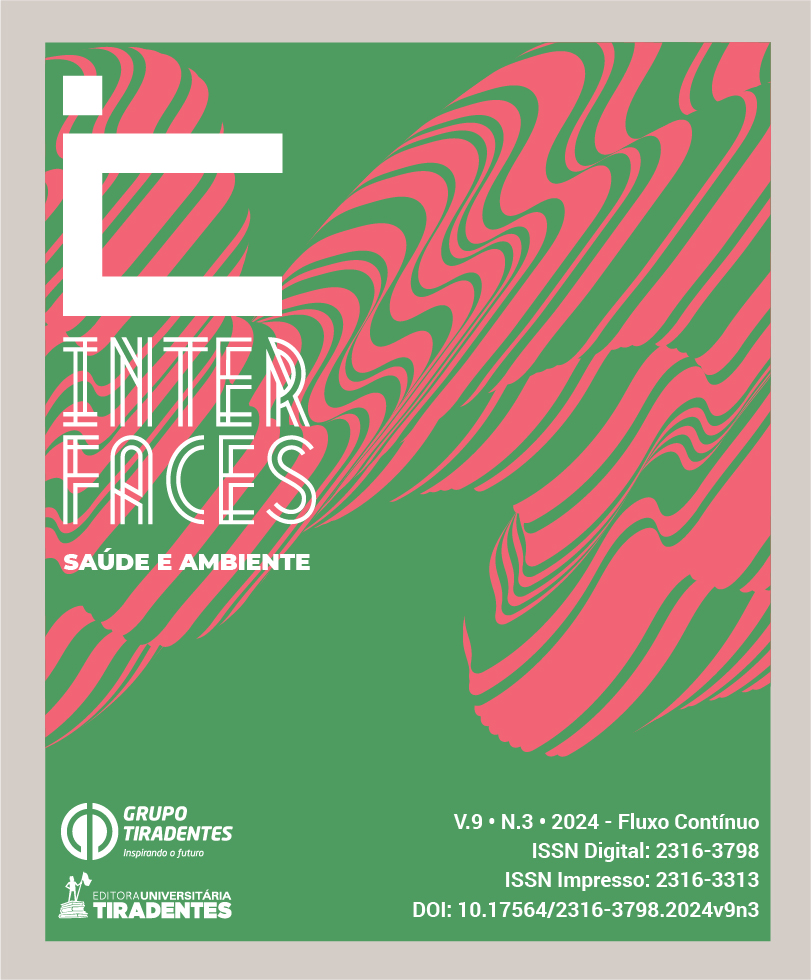A PINTURA NO VENTRE MATERNO SOB O OLHAR DA MULHER GESTANTE
DOI:
https://doi.org/10.17564/2316-3798.2024v9n3p423-438Published
Downloads
Downloads
Issue
Section
License
Copyright (c) 2024 Interfaces Científicas - Saúde e Ambiente

This work is licensed under a Creative Commons Attribution-NonCommercial 4.0 International License.
Autores que publicam nesta revista concordam com os seguintes termos:
a. Autores mantêm os direitos autorais e concedem à revista o direito de primeira publicação, com o trabalho simultaneamente licenciado sob a Licença Creative Commons Attribution que permite o compartilhamento do trabalho com reconhecimento da autoria e publicação inicial nesta revista.
b. Autores têm permissão e são estimulados a distribuir seu trabalho on-line (ex.: em repositórios institucionais ou na sua página pessoal), já que isso pode gerar aumento o impacto e a citação do trabalho publicado (Veja O Efeito do Acesso Livre).
Abstract
Pregnancy is a period of intense changes in women, causing doubts to arise about what is daily during pregnancy and what is new. Fetal painting is a recent technique performed by nurses, whether obstetricians or not, and which can be used in prenatal care to clarify doubts about the baby's position in the uterus, its growth and also stimulate the development of sentimental bonds between the baby. mother-baby binomial. The objective was to understand what knowledge, feelings and perceptions future mothers have about their mother/baby relationship expressed when performing fetal painting. The research was qualitative in nature with a descriptive approach, with data analyzed using the Bardin Method. 9 pregnant women aged between 22 and 35 years participated, who were undergoing prenatal care at the UNIFAP UBS and who were in the last trimester of pregnancy. Each pregnant woman answered a form, performed fetal painting based on the Leopold-Zweifel maneuver and answered an interview with 4 audio-recorded questions. Results and Discussion: Few pregnant women know the fetal painting technique performed by nurses; they do not know the practical application of fetal art in prenatal care in order to generate knowledge; The painting made them express feelings of affection and greater interest in getting to know their babies, hoping to see their child soon. It is concluded that fetal painting can play an educational role in prenatal care if well adopted by nurses and that the technique presents results in creating and strengthening emotional bonds between mother/baby.




















